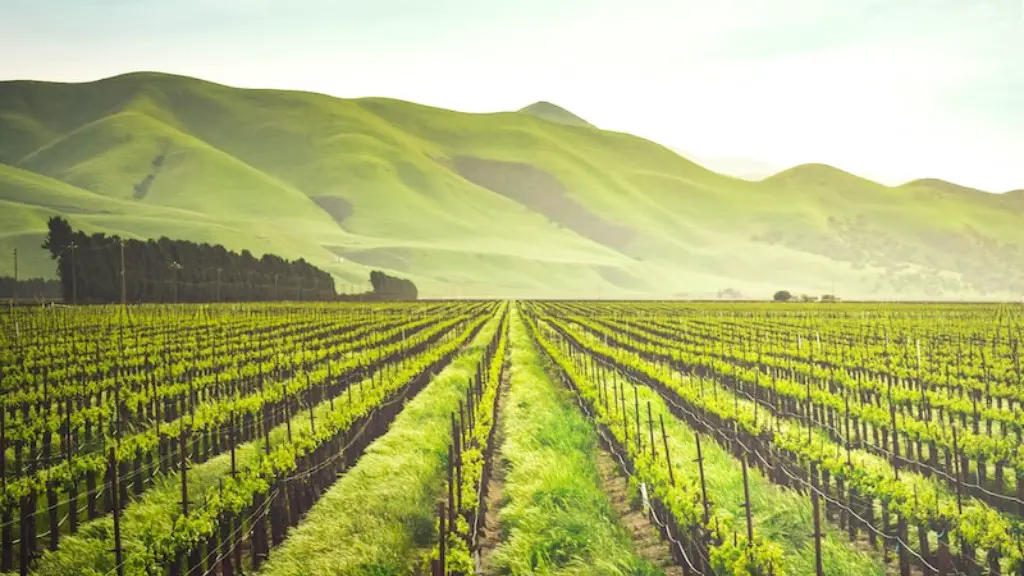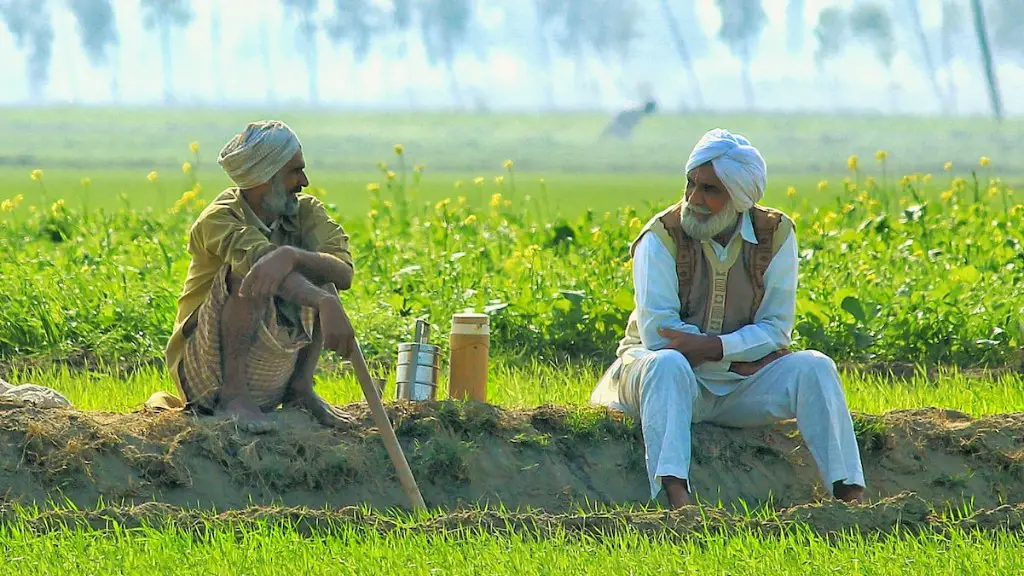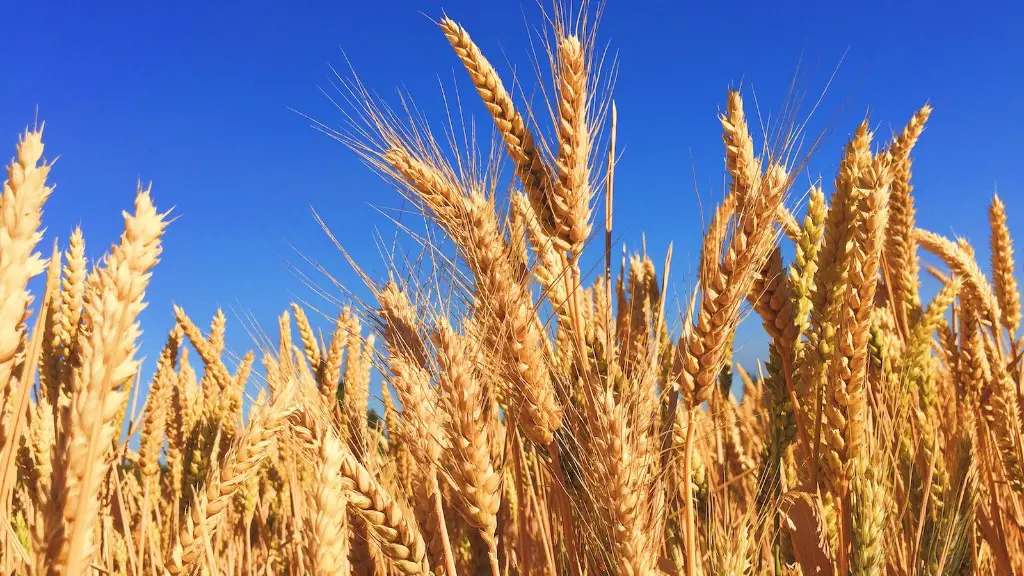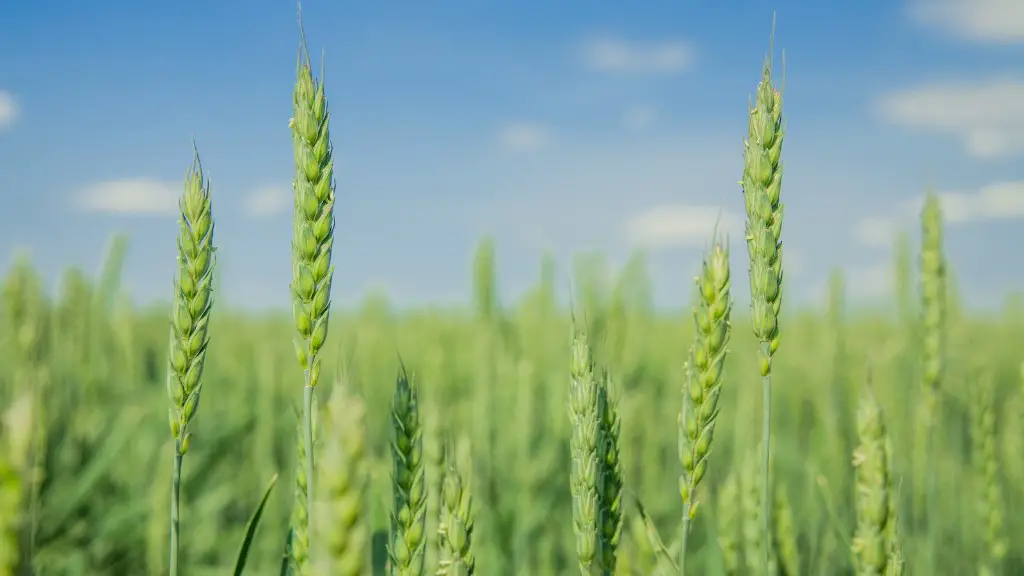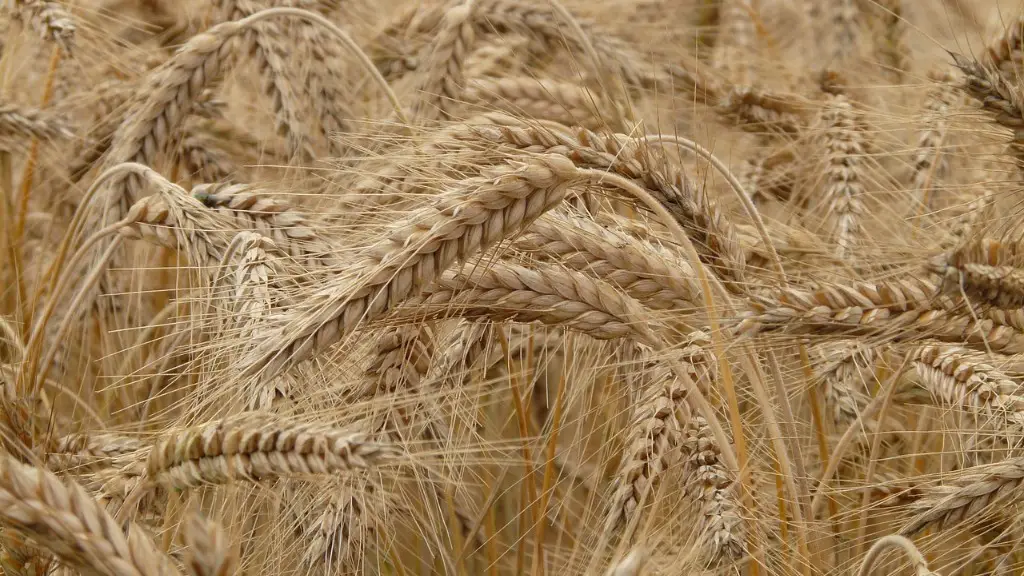Transportation is a key factor in the agricultural industry. It allows farmers to get their crops and livestock to market, and it brings inputs like seed and fertilizer to farms. Transportation also plays a role in setting the price of agricultural products, since costs like fuel and labor can add up quickly.
Transportation can have a big impact on agriculture. It can affect the prices of crops, how fresh the food is, and how much food can be transported. Good transportation can help farmers get their food to market quickly, which can help them get a better price for their crops. It can also help them transport more food, which can help to feed more people.
Why is transportation important for agriculture?
Transportation is important for agriculture because it allows farmers to get their products to consumers who live in more populated areas. This is important because many agricultural products come from rural areas where there are not enough people nearby to consume them. Instead, these products need to be transported to more populated areas where they can be bought and consumed.
Improved transportation has affected farming by expanding the market area for harvested goods, as well as improving access to technology, equipment and labor. Early transportation such as oxen and donkeys allowed farmers to travel and sell or barter their excess crops for other goods. This improved access to markets and other resources has allowed farming to become more efficient and productive.
What is the transportation process used in the agriculture industry
Agricultural products are commonly transported via highways, railroads, and waterways in the United States. Semi trucks are the most common type of transportation used, as they can travel on all types of roads, from farms to county highways to interstate roads. There are several types of semi-trailers that can be used depending on the type of freight that needs to be transported.
The transportation industry has had a profound impact on the farming industry. Farmers who live in rural areas can ship their produce to the market using transportation such as the railroad. This has increased the efficiency of the farming industry and has helped to improve the quality of the products that farmers are able to produce. In addition, farmers can also receive the latest supplies and tools needed to farm, which has further helped to improve the efficiency of the farming industry.
Is transportation a problem in agriculture?
Transport is a critical factor in agricultural marketing because it is the only means by which farmers can transport their produce to the market. Without transport, farmers would be unable to sell their products and would be forced to rely on subsistence farming. Transport also affects the price of agricultural products by increasing the cost of goods sold. This is because farmers must pay for the use of transport infrastructure, such as roads and railways. In addition, transport can also affect the quality of agricultural products, as products that are transported over long distances are often subject to deterioration.
There are no roads linking villages within the study area, this has significantly increased the cost of transporting farm products home and also to the markets The road connection in the study area ends in the ward headquarters which has less positive impact on farming activities in the villages. This is because the cost of transport is high and it takes a lot of time to reach the markets. This has resulted in farmers not being able to sell their produce at the right price and not getting the right price for their products.
What are effects of transportation?
Transportation systems are a major source of pollution in the environment. The emissions from the combustion of fossil-derived fuels contribute to air pollution and climate change. In addition, transportation also leads to noise pollution and water pollution. It also affects ecosystems through multiple direct and indirect interactions.
The standards of living of people around the world have increased radically because for the first time trade was easier, safer, faster, more reliable and convenient. Goods could be shipped around the world and traded for other products. This led to a huge increase in the amount of goods and services that were available to people, and a corresponding increase in the standard of living.
How does transport affect production
Transportation is an important part of the economy, as it is necessary for the production of goods and services. Even though it may only account for a small portion of the input costs, it is still a vital part of the process. This means that no activity can take place without transportation, and the mobility it provides.
The transportation of agricultural products is a vital part of the food supply chain. Farmers rely on trucks, railroads, barges, and ocean vessels to move their crops from the fields to processors, distributors, and consumers.
The four major modes of transportation each have their own strengths and weaknesses. Trucking is the most versatile, able to move crops quickly and directly to their destination. Railroads are the most efficient for long-distance shipping, but their tracks can be expensive to build and maintain. Barges are the most economical option for shipping large volumes of crops, but they can be slow and subject to delays. Ocean vessels are the best option for shipping crops to foreign markets, but they can be expensive and subject to bad weather.
Farmers must carefully consider the time, cost, and risk involved in each mode of transportation when deciding how to ship their crops.
How does transportation impact land use?
Transportation planning decisions can have a significant impact on land use patterns. By determining where roads, parking facilities, and other transportation infrastructure are located, transportation planners can directly influence how land is used. Additionally, the relative accessibility and development costs of different locations can be affected by transportation planning decisions, indirectly influencing land use patterns.
The advances in transportation during the 1800s made it easier and less expensive to ship goods between the East and West coasts of the United States. This increased trade and economic growth between the two regions.
How did improved transportation lead to economic growth
Railroads played a critical role in the development of the United States, both in terms ofsettlement and industrialization. The ability to transport people and goods efficiently led to increased settlement in the West, while the increased demand for iron and steel spurred the development of those industries. Railroads were thus a key part of America’s transformation into an industrial powerhouse.
As the pandemic continues, the agricultural industry is struggling with significant supply chain shortages and bottlenecks. This has led to difficulty in finding machinery parts and transport for commodities, which in turn has pushed up production costs and inflation. The situation is especially dire for farmers and ranchers, who are struggling to keep up with demand. These bottlenecks have led to far-reaching impacts on farmers and ranchers, making it difficult to sustain their operations. The agricultural industry is a vital part of the economy, and these disruptions could have ripple effects throughout the supply chain. It is important to address these issues in order to ensure that the agricultural industry can continue to thrive.
What is the most common problem in agriculture?
The common problems in the country’s agriculture are unemployment, waterlogging in wetland areas, salinity in arid and semi-arid areas, acidity in high rainfall areas, pests (like weeds, diseases, and insects), and erratic rainfall distribution. The country’s agriculture highly depends on rain-fed, which makes it vulnerable to these problems.
While irrigation of agricultural crops uses a great deal of water, it is necessary to support growing populations and increased demand for food. However, it is important to note that agriculture also contributes a significant amount of greenhouse gas emissions. Therefore, it is important to consider ways to reduce the impact of agriculture on the environment, such as using more efficient irrigation methods and practices that help to sequester carbon.
Conclusion
Transportation affects agriculture in a number of ways. It can affect the cost of farming, as well as the types of crops that can be grown. It can also influence the transportation of goods to market, which can impact prices.
The agricultural industry is greatly affected by transportation. The cost of transportation has a direct impact on the cost of goods, which affects the farmer’s bottom line. In addition, the agricultural industry is highly dependent on the transportation sector for the movement of goods to market. A disruption in the transportation sector can have a ripple effect on the agricultural industry.
